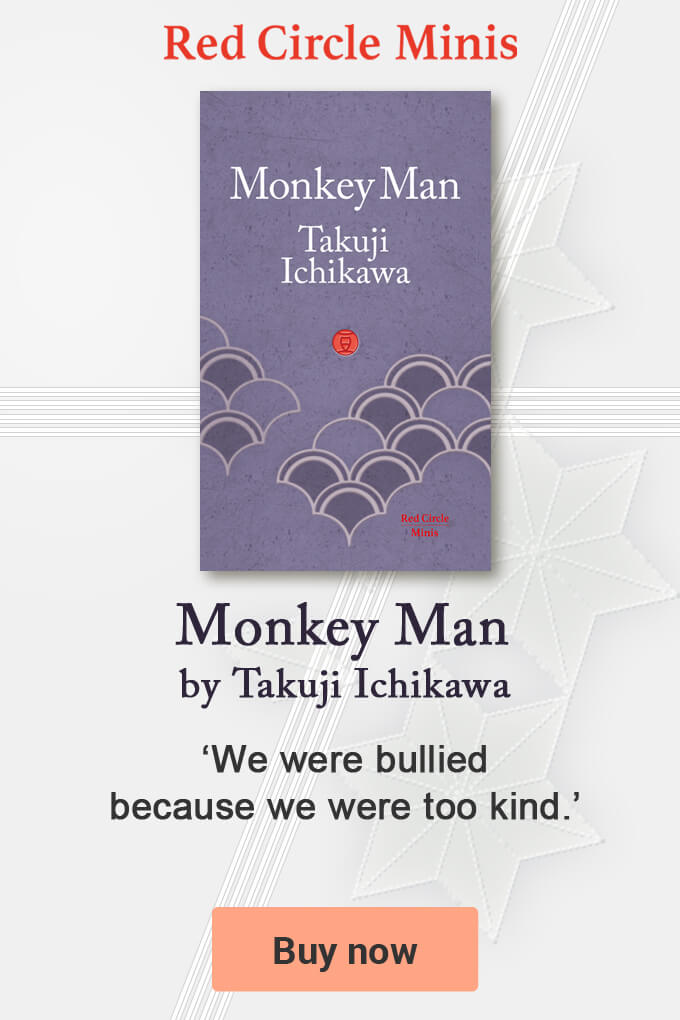It has been widely reported that for more than a decade Tokyo has had more Michelin-starred restaurants than any other city in the world. But what isn’t generally known is that Tokyo, or Edo as it was previously called, had its own guidebooks for Japanese gourmets long before the two French industrialists behind the famous Michelin Guidebook were even born.
These included Edo Shuhan Tebikikusa, The Pocket Guide to Eating and Drinking in Edo, a copy of which resides at the British Museum library in London.
Some of these Japanese guidebooks mimicked the approach taken at the time to rank Sumo wrestlers of varying stature grading eating and drinking establishments with similar terminology, as opposed to awarding stars as the Michelin Guidebooks currently do.
The Pocket Guide to Eating and Drinking in Edo, published in 1848, lists the names and addresses of 594 restaurants, as well as specialist sushi, soba and eel restaurants in Edo. The guide, like its modern counterparts, was selective – only including, for example, 90 eel specialists from a possible pool of around one thousand or more.
Japan and Edo may have been isolated from the rest of the world at the time of the publication of The Pocket Guide, but Edo was one of the world’s largest and most literate cities with a strong publishing culture and a very vibrant nightlife.
The first Michelin Guide was published 52 years later in 1900. At this time there were only a few thousand cars in France, so in order to encourage the French to buy cars and drive across France, two brothers launched the Michelin Guide, which initially focused exclusively on France. The first issue was distributed free to encourage people to buy cars and tyres made by the brothers’ company, Michelin, which they had set up a decade earlier in 1889.
In the 2018 Guide, Tokyo has the most Michelin-starred restaurants with 234 – ahead of Osaka with 96 and Paris with 92. These are the three leading cities among the 28 countries that the guide currently covers.
Given all this, it is perhaps not surprising that in 2013 Japanese cuisine, Washoku, was added by the United Nations’ organization UNESCO to The Representative List of The Intangible Cultural Heritage of Humanity. Other Japanese items included on this UNESCO’s list are Kabuki, Noh and ritual rice planting.
50 years before the first Michelin Guide, Tokyo already had a popular guidebook for its foodies
[UPDATED: 4-14-2019]
© Red Circle Authors Limited
50 years before the first Michelin Guide, Tokyo already had a popular guidebook for its foodies
Posted by

